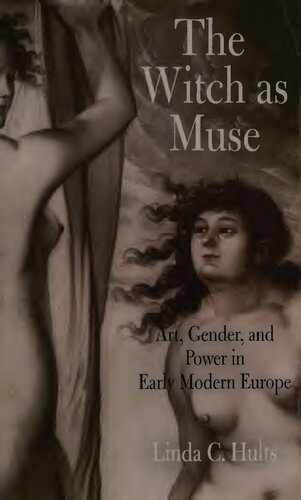

Most ebook files are in PDF format, so you can easily read them using various software such as Foxit Reader or directly on the Google Chrome browser.
Some ebook files are released by publishers in other formats such as .awz, .mobi, .epub, .fb2, etc. You may need to install specific software to read these formats on mobile/PC, such as Calibre.
Please read the tutorial at this link: https://ebookbell.com/faq
We offer FREE conversion to the popular formats you request; however, this may take some time. Therefore, right after payment, please email us, and we will try to provide the service as quickly as possible.
For some exceptional file formats or broken links (if any), please refrain from opening any disputes. Instead, email us first, and we will try to assist within a maximum of 6 hours.
EbookBell Team

4.0
86 reviewsOccult topics have long fascinated artists, and the subject of witches—their imagined bodies and fantastic rituals—was a popular one for painters and printmakers in early modern Europe. Focusing on several artists in depth, Linda C. Hults probes the historical and theoretical contexts of their work to examine the ways witches were depicted and the motivations for those depictions.
While studying the work of such artists as Dürer, Baldung, Jacques de Gheyn II, and Goya, Hults discerns patterns suggesting that the imagery of witchcraft served both as an expression of artistic license and as a tool of self-promotion for the artists. These imagined images of witches were designed to catch the attention of powerful and important patrons as witchcraft was being debated in political and intellectual centers. Dürer's early engravings of witnesses made in the wake of the Malleus maleficarum of 1487 were crucial in linking the seductive or aged female form with the dangers of witchcraft. The polarized idea of gender pervaded many aspects of early modern culture, including art theory. As the deluded female witch embodied the abuse of imagination and fantasy, so the male artist presented himself as putting those faculties to productive and reasoned use.